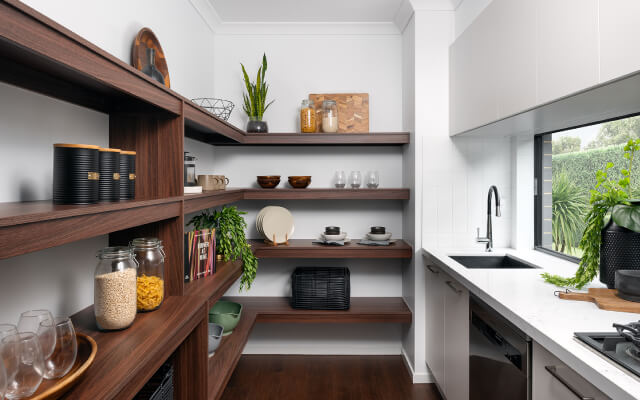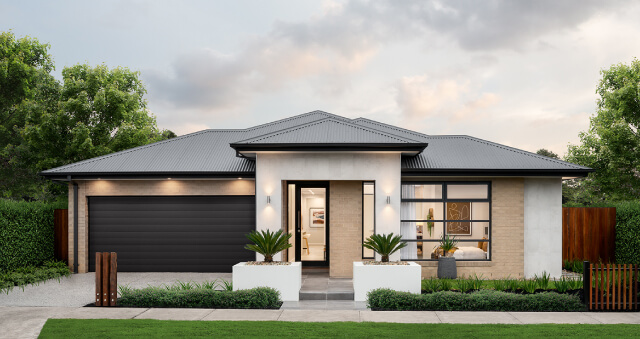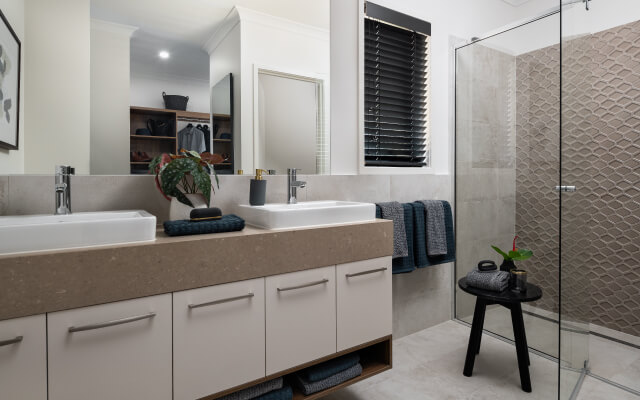News/Blog
Guide To Understand Building Jargon – Part 1

Here at Dennis Family Homes, we love making the building process as simple and enjoyable as possible for our clients. However, along the way, no matter how in-the-know you might be, you’re always going to encounter jargon and building terms that may be unfamiliar to you.
It can really help to understand these terms so that you can be sure you’re following along correctly with everything that’s going on during your build (or when choosing the right builder to go with). That being said, we’ve put together this glossary of common builder terminology and building terms that you may encounter throughout the process.
Bushfire Attack Level
A Bushfire Attack Level (BAL) is a method for measuring the severity of a building’s potential exposure to ember attack, radiant heat and direct flame contact during a bushfire. It’s measured in increments of radiant heat (expressed as kilowatts/m2).
A BAL is the basic foundation for establishing the requirements for construction when it comes to any property (under the Australian Standard AS 3959-2009 Construction of Buildings in Bushfire Prone Areas), as improving protection from bushfire attack is paramount.
Fixed Site Costs
Site costs refer to things that need to be prepared for your site, or physically need to be done on your site before building can commence.
These include organising items like building permits, insurance and site & soil tests, as well as physical site works like retaining walls, rock removal etc. Site costs may include:
- Building permits
- Soil tests
- Insurance
- Temporary fencing
- Site levelling
- Removal of rocks, trees and debris
- Installation of retaining walls
- Installation of services like power and water
If your building contract includes ‘fixed site costs’, it means that these types of items will be included for a specific price that will not change once you and the builder agree to it.
Certificate of Occupancy
A certificate of occupancy is a document issued by a local government agency or building department certifying that a building is compliant with applicable building codes and other relevant laws. The Certificate of Occupancy indicates that the property is in a condition making it suitable for human occupancy.
Facade
A facade is the exterior wall or ‘face’ of a building. Common materials for facades include fibre cement cladding, metal cladding, brick cladding, timber weatherboards, tile cladding or stone cladding. Facades also include design elements like windows and doors, and will usually include architectural elements in line with the style of the building.

Eaves
Eaves refer to the underside of a roof, specifically the part of the roof that hangs over the face of a wall and protrudes beyond the side of a building. The purpose of eaves (other than providing architectural style and serving as an aesthetic feature) is to push water clear of walls so as not to cause damage.
Easement
An easement is legally defined as “the right to cross or otherwise use a portion of someone else’s land.” It may be a section of your land, registered on your property title, that others can use for a specific purpose (even if they are not the land owner). These “purposes” may include providing access to essential services (such as water or electricity) or drainage easements. Other examples of easements include:
- A shared driveway
- Rights of way (people are allowed to pass through)
- The right to draw water
- Right of support (the right of a landowner to have his buildings supported by his neighbour’s house or other structure)
- The right for underground services to pass beneath the land of neighbouring property
- The right to light (uninterrupted light passing across the land)
Fixtures
A fixture refers to items that are bolted down or attached to the walls and floors of your home (and cannot be easily removed). Examples of fixtures include:
- Light fixtures
- Wall paintings
- Central heating and air conditioning units
- Kitchen units and cabinetry
- Built-in wardrobes and cupboards
- Bathroom suits (sinks, baths and toilets)

Stay tuned for more Builder jargon explanations…
In the meantime, our knowledgeable Sales Consultants can answer any questions you may have, Call 1800 336 647 to discuss your home building dreams today, or enquire here!
